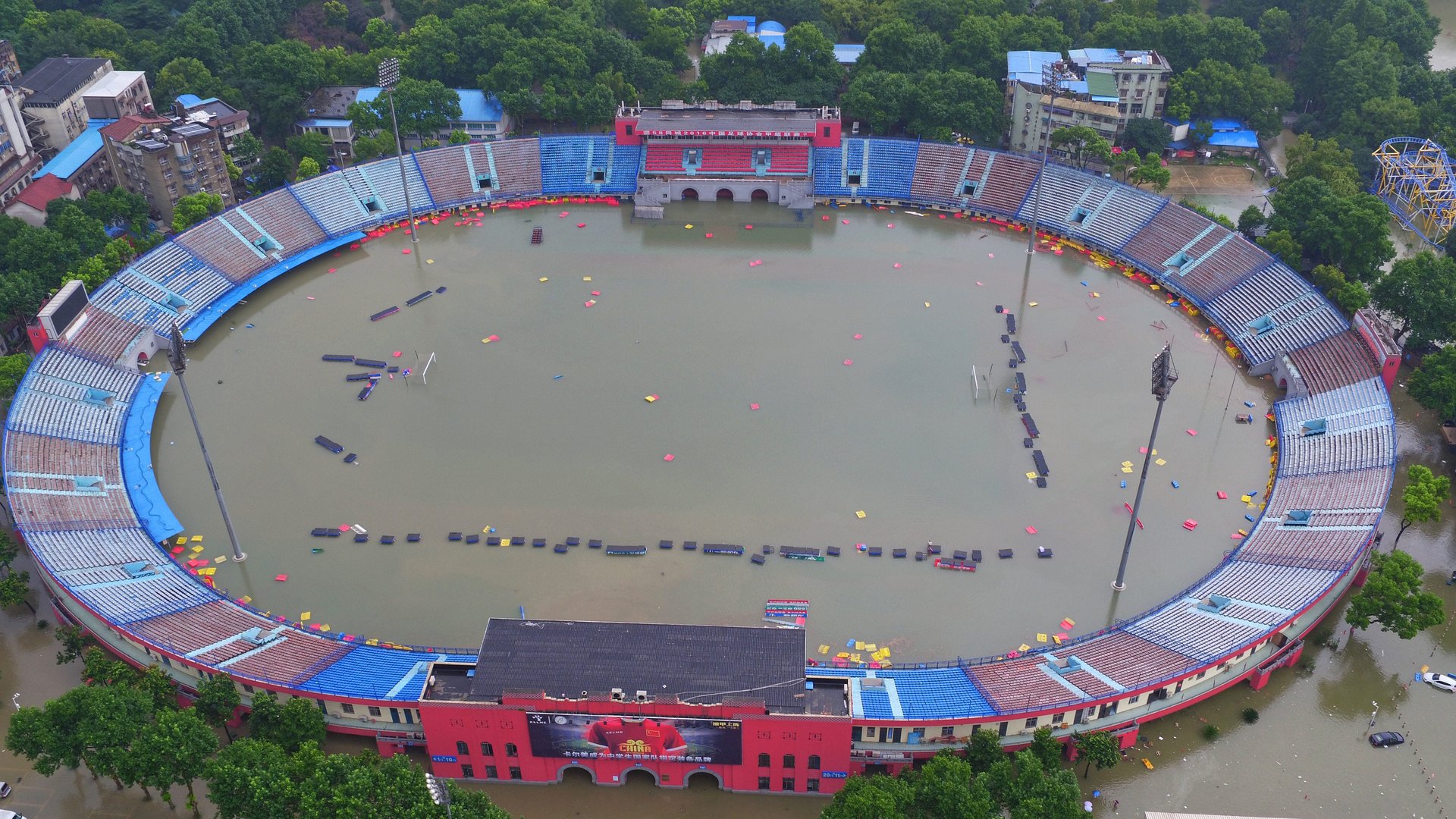China’s devastating floods can be traced back to corruption and overbuilding
China is reeling under the country’s most devastating floods in over a decade. Weeklong flooding has killed more than 180 people, affected 32 million people across 26 provinces on the mainland, and led to losses of 50 billion yuan (about $7 billion), according to the latest figures from the state flood control office on July 3.


China is reeling under the country’s most devastating floods in over a decade. Weeklong flooding has killed more than 180 people, affected 32 million people across 26 provinces on the mainland, and led to losses of 50 billion yuan (about $7 billion), according to the latest figures from the state flood control office on July 3.
Wuhan, the most populous city in central China, has been hard hit. Home to 10 million residents, Wuhan’s transportation network has been paralyzed since last week, and the situation is only expected to worsen, thanks to a coming super typhoon. By Wednesday (July 6), 14 city residents were killed, one was missing, and more than 80,000 had been relocated, the city government said (all links below in Chinese).
Wuhan’s excessive urban development is partly to blame. Known as “the city of a hundred lakes,” Wuhan doesn’t live up to its name anymore. From 1949 to 2015, the number of the lakes in Wuhan’s urban areas dropped from 127 to 40 because they were filled for construction, which effectively makes it harder for the city to absorb flood water.
At the same time, Wuhan’s drainage system is much less dependable than some first-tier Chinese and foreign cities:
In 2013, the Wuhan government kicked off a three-year project—with a budget of 13 billion yuan ($1.9 billion)—to improve the drainage system, and promised the city would not suffer from floods by 2016. But so far the government has used just 4 billion yuan of that budget, and is postponing the project’s completion to 2018, according to state newspaper People’s Daily.
The construction of Wuhan’s dikes, to keep floodwaters out, has been held back by corruption. In 2014, a local official surnamed Tang, who was responsible for a one-billion-yuan dike construction project between 2005 and 2013, was charged with taking bribes of 1.6 million yuan, local media reported at the time. Two other officials were also charged with bribery at the time. One dike, which should have been upgraded as part of the project, was breached by the flooding last week, news portal Sohu reported.
Corruption and wasteful spending scandals are not uncommon in China’s flood-control projects. In 2011 at Jingdezhan, an eastern city often stricken by floods, local officials finished only half of a dike while spending more than 70% of the 300-million-yuan budget, because they spent the money on landscaping, state news agency Xinhua reported. In 2008 in southern Nanning city, Zhang Jianhui, then head of the local government’s water conservation department, was sentenced to death for taking bribes of 26 million yuan over eight years, Xinhua reported.
Back in 1998, when massive flooding left over 4,000 people dead across China, then premier Zhu Rongji visited Jiujiang city in southeastern Jiangxi province to check on a major dike breach. He scolded the local officials, saying “How can you come up with such a shabby, son-of-a-bitch project? How can you be corrupt to such a degree?”
During his visit to Wuhan this week, Chinese premier Li Keqiang hasn’t yet uttered any harsh words about corruption, he just posed nicely for pictures:
Echo Huang contributed reporting.